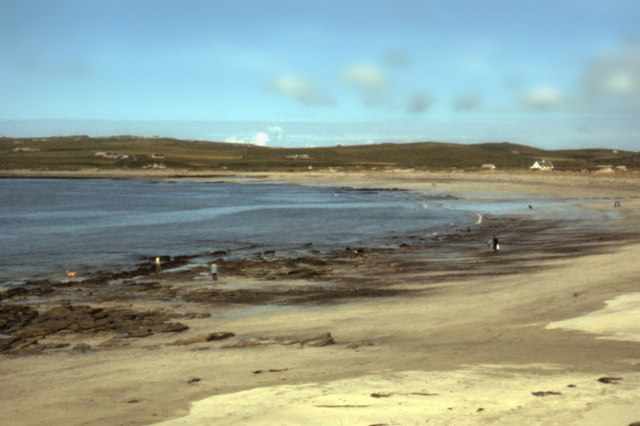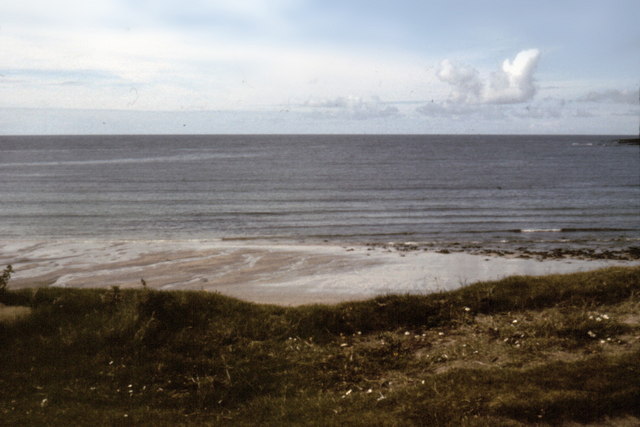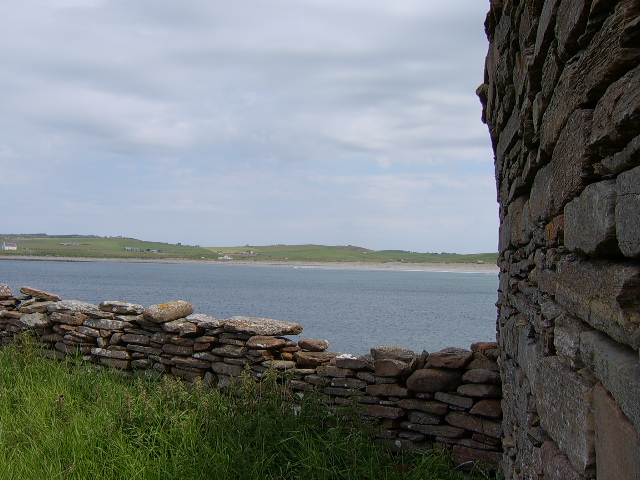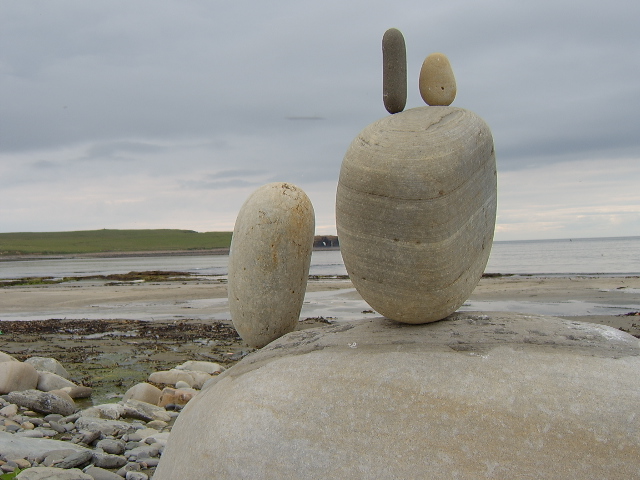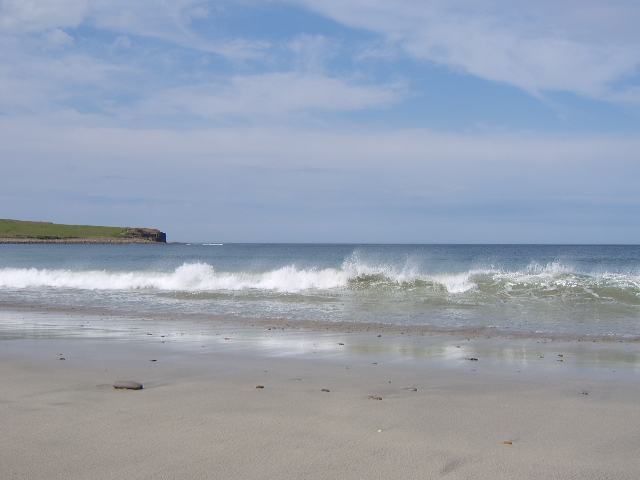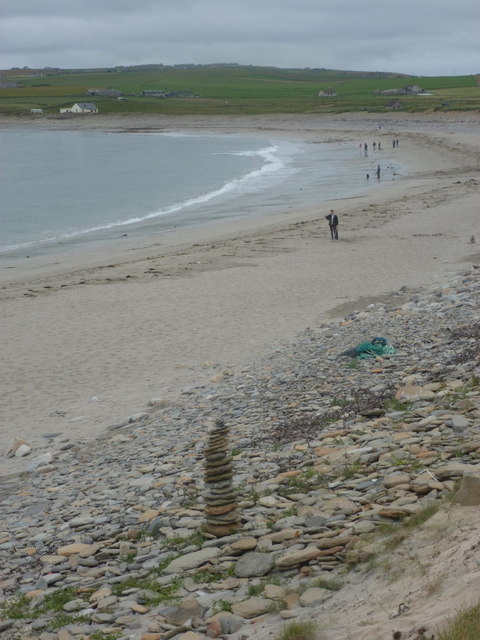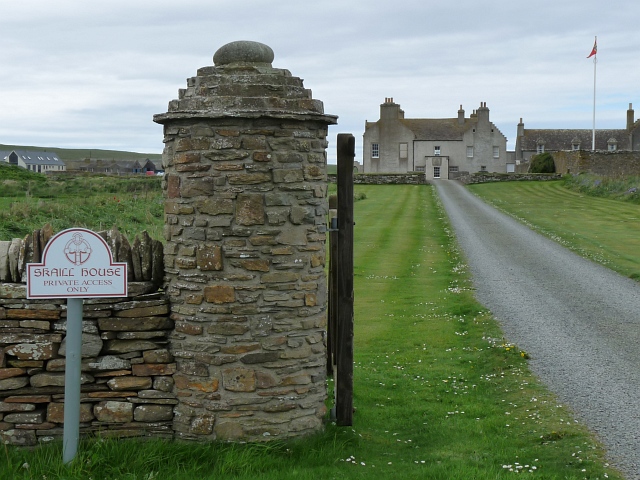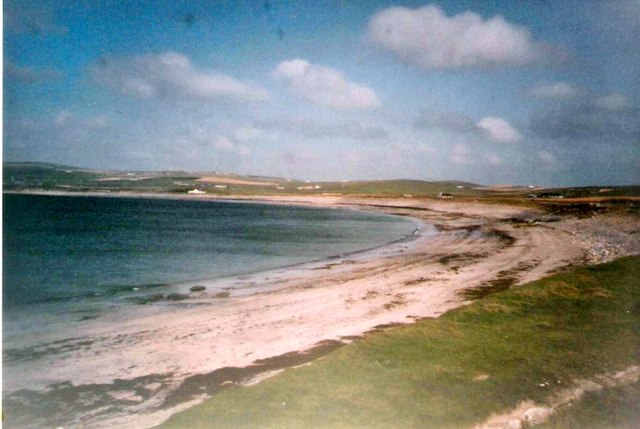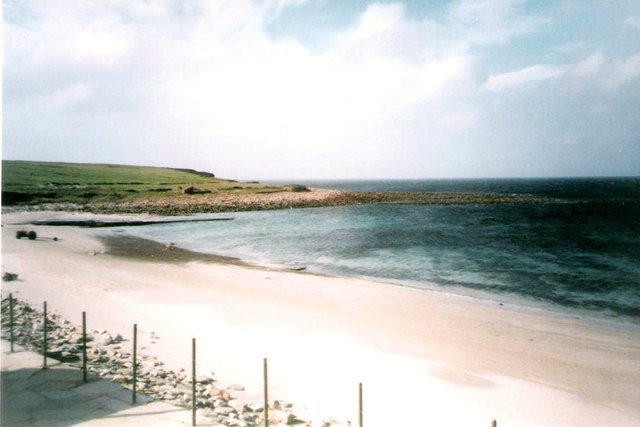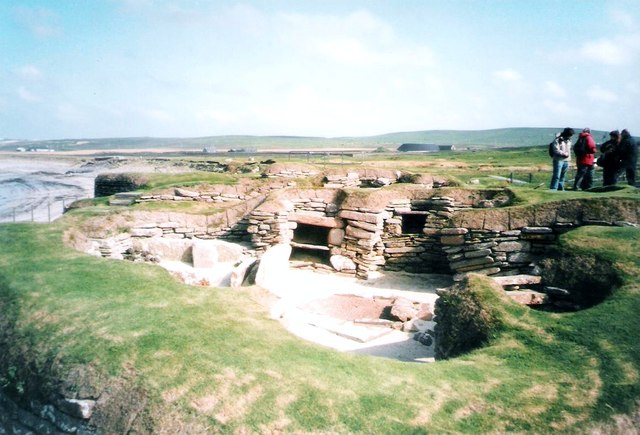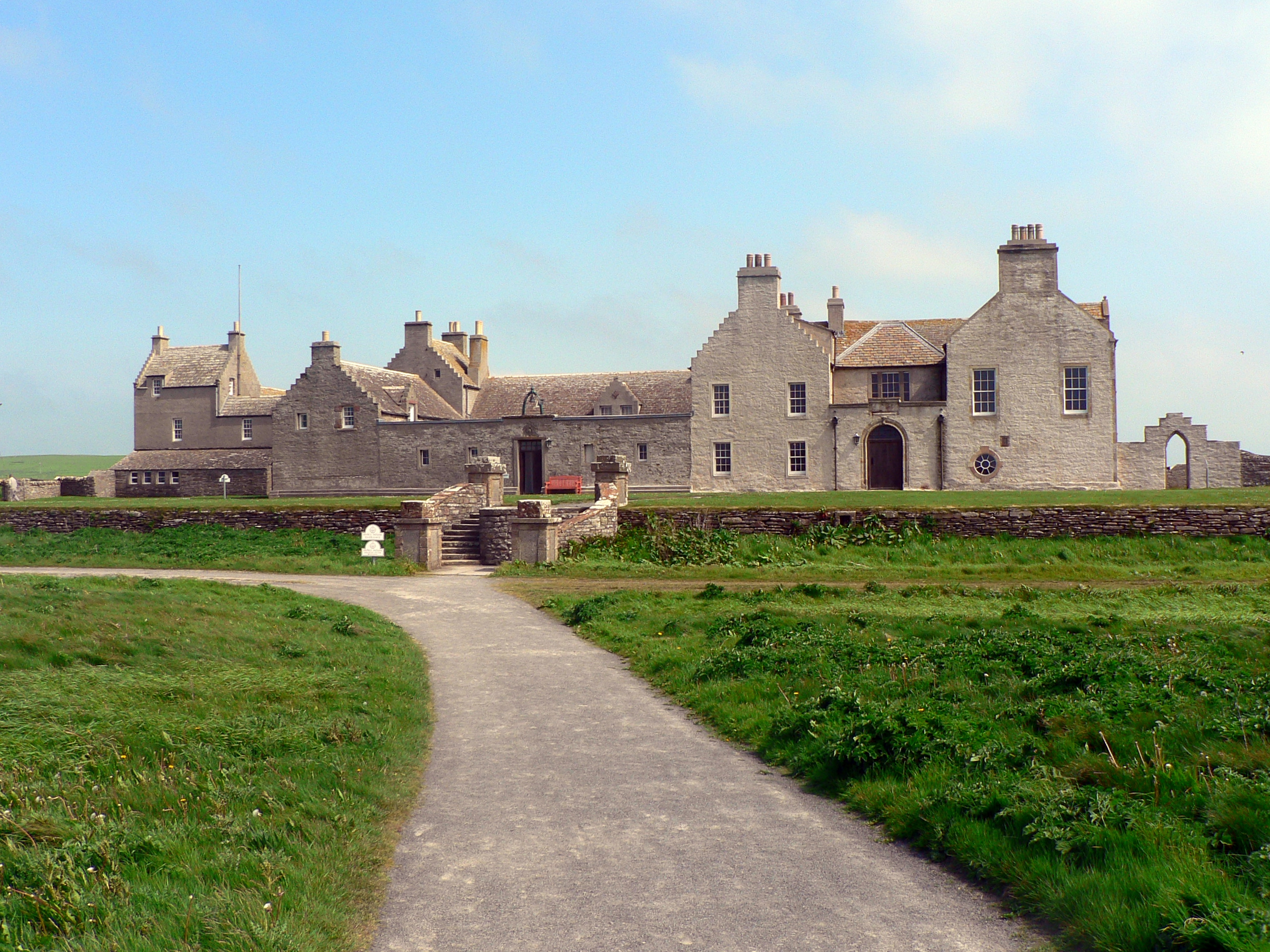Skara Brae
Heritage Site in Orkney
Scotland
Skara Brae
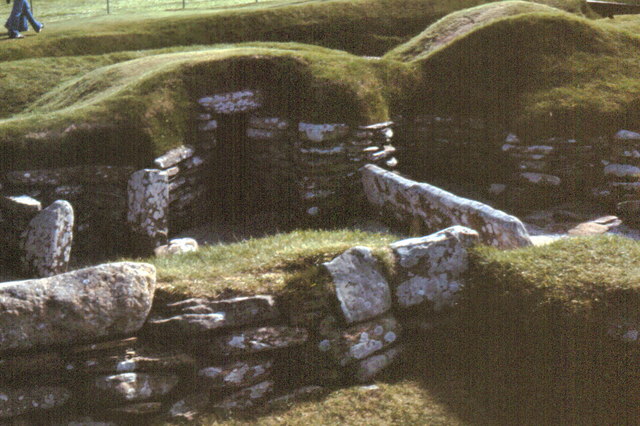
Skara Brae is a Neolithic settlement located on the Bay of Skaill, in the Orkney Islands of Scotland. This UNESCO World Heritage Site is considered one of the most well-preserved and complete Neolithic villages in Europe. The settlement dates back to around 3100 BCE and was inhabited for about 600 years, until approximately 2500 BCE.
The village consists of eight stone houses, which were built using a technique known as stone slabs. These houses are interconnected by a series of covered passages, giving the settlement a unique sense of community. The stone walls of the houses, which are up to six feet high, have provided remarkable protection against the harsh weather conditions over the centuries.
Each house in Skara Brae consists of a central hearth, stone furniture, storage alcoves, and even a stone dresser. The village also includes a workshop, where tools and items for daily use were crafted. This suggests that the inhabitants of Skara Brae were skilled craftsmen.
The discovery of various artifacts, such as pottery, jewelry, and tools, shed light on the daily life of the Neolithic people who called Skara Brae home. The village's location, near the sea, indicates that fishing was a crucial part of their subsistence, alongside farming and animal husbandry.
Skara Brae was uncovered in 1850 after a severe storm exposed the remains. The site was then excavated and preserved, allowing visitors to experience a snapshot of life from over 5,000 years ago. Today, Skara Brae is a popular tourist destination, attracting visitors who marvel at this ancient and remarkably preserved settlement, providing a glimpse into the lives of our Neolithic ancestors.
If you have any feedback on the listing, please let us know in the comments section below.
Skara Brae Images
Images are sourced within 2km of 59.047/-3.35 or Grid Reference HY2218. Thanks to Geograph Open Source API. All images are credited.

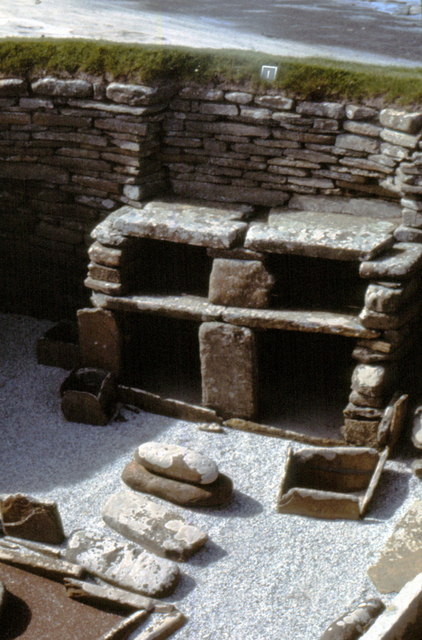
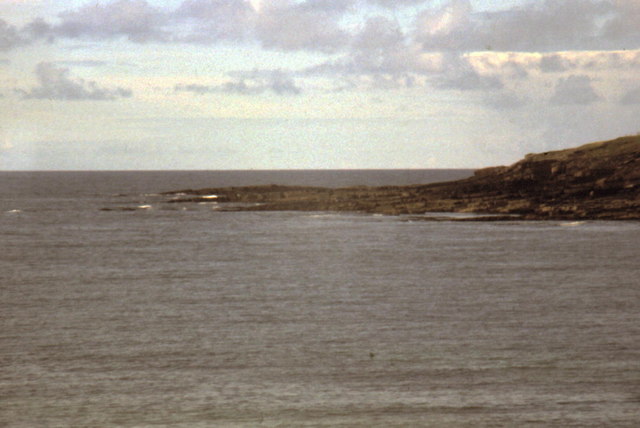
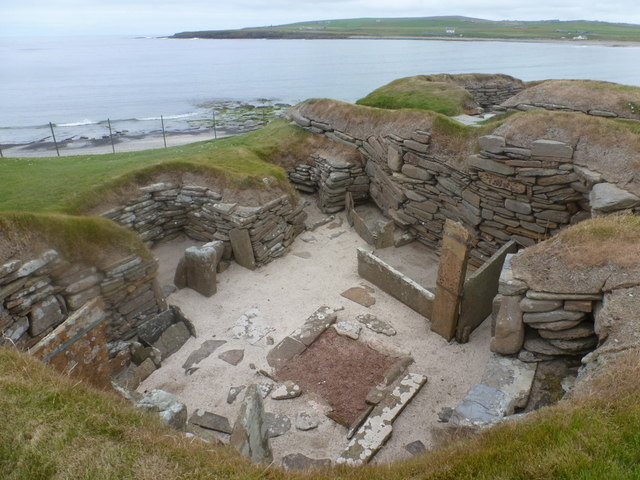
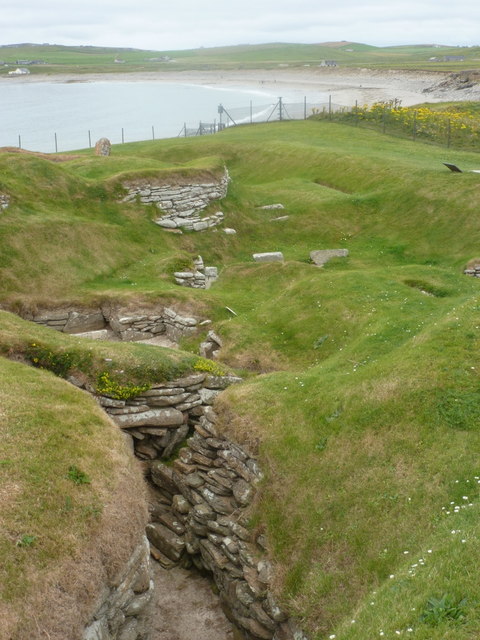
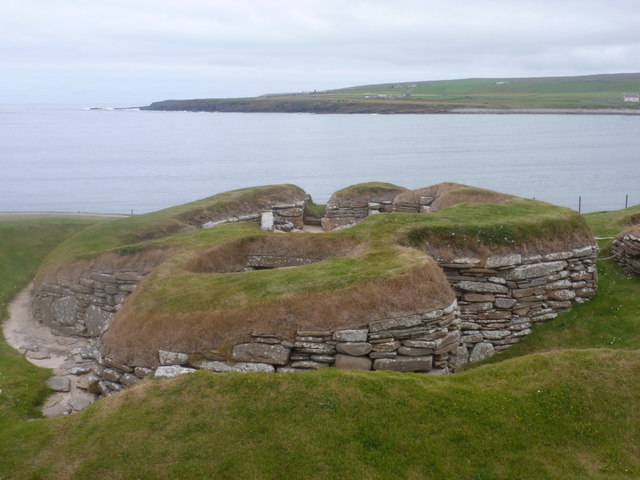
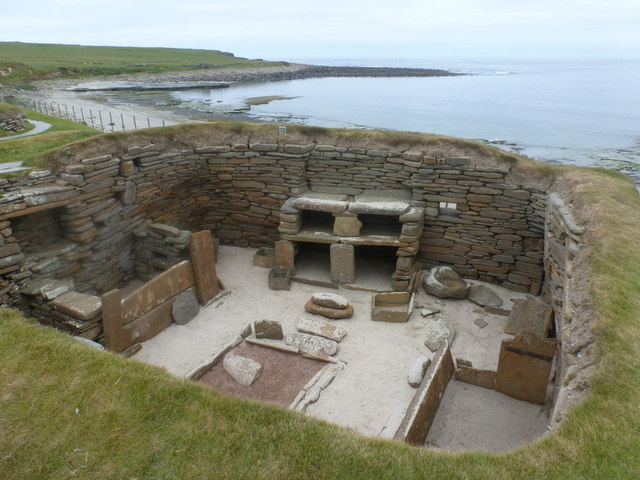
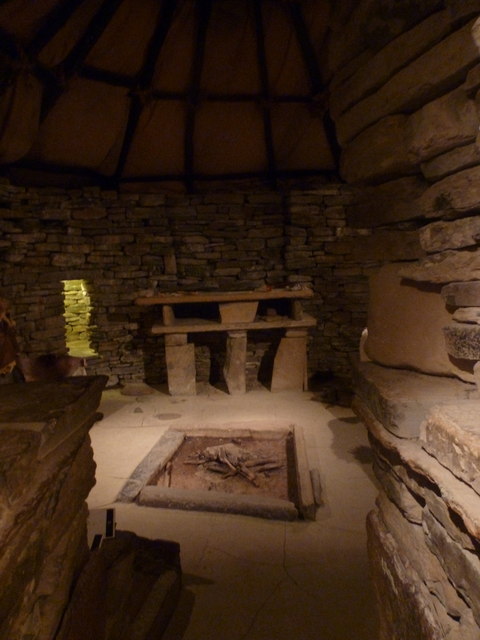
Skara Brae is located at Grid Ref: HY2218 (Lat: 59.047, Lng: -3.35)
Unitary Authority: Orkney Islands
Police Authority: Highlands and Islands
What 3 Words
///rumbles.chin.whirlpool. Near Sandwick, Orkney Islands
Nearby Locations
Related Wikis
Skara Brae
Skara Brae is a stone-built Neolithic settlement, located on the Bay of Skaill on the west coast of Mainland, the largest island in the Orkney archipelago...
Skaill House
Skaill House is a historic manor house in Sandwick parish on Mainland, the largest of the Orkney Islands, Scotland. The house overlooks the neolithic site...
Bay of Skaill
The Bay of Skaill (from Old Norse Bugr Skála) is a small bay on the west coast of the Orkney Mainland, Scotland. == Visitor attractions == Bay of Skaill...
Loch of Skaill
The Loch of Skaill is a small somewhat triangular, freshwater loch in the parish of Sandwick, Orkney on Mainland Orkney, Scotland. It lies 0.5 mi (0.80...
Nearby Amenities
Located within 500m of 59.047,-3.35Have you been to Skara Brae?
Leave your review of Skara Brae below (or comments, questions and feedback).
